Exhibitions
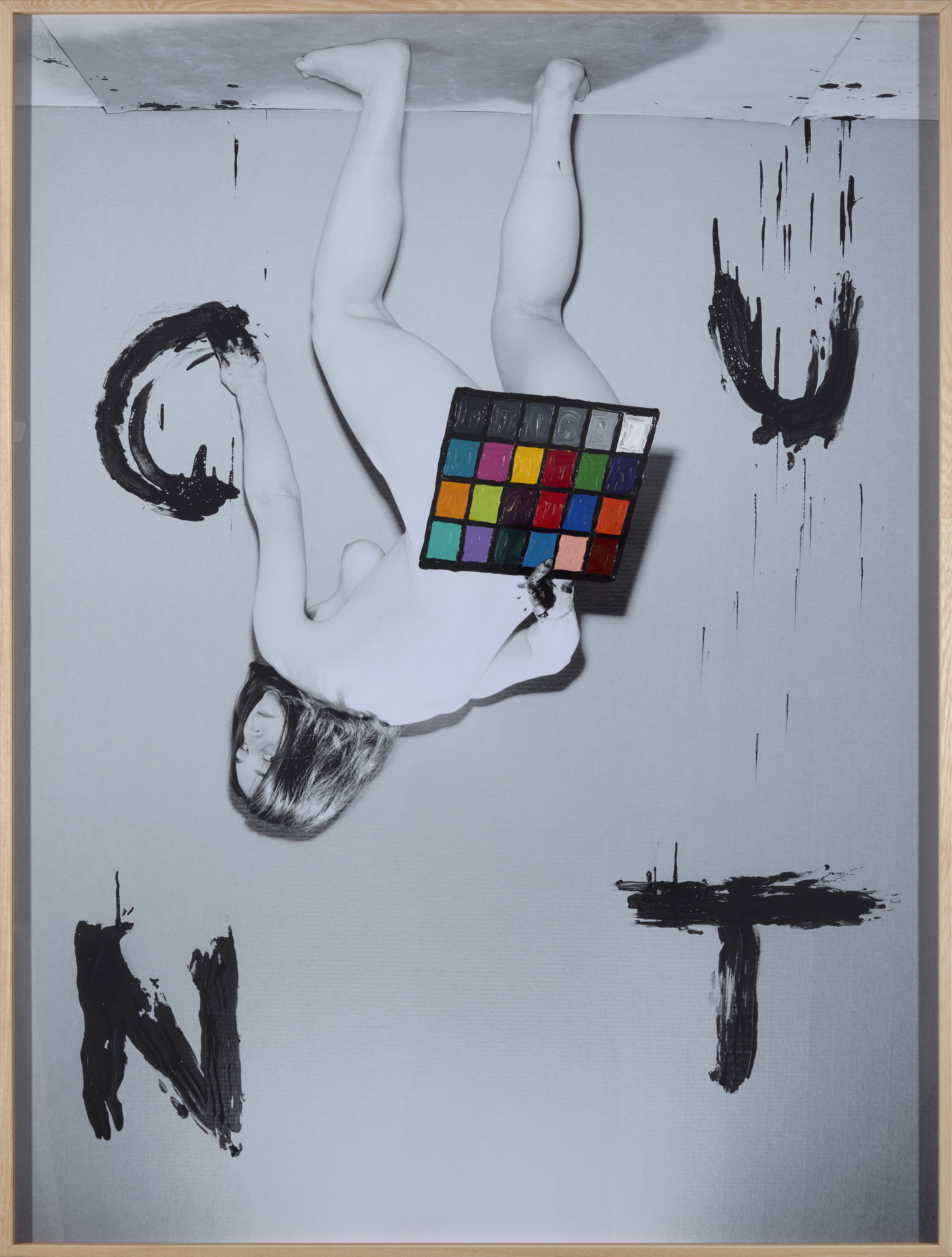
Phoebe d'Heurle, 2020, c-print, acrylic paint, 60 x 45 in. (152.4 x 114.3 cm)
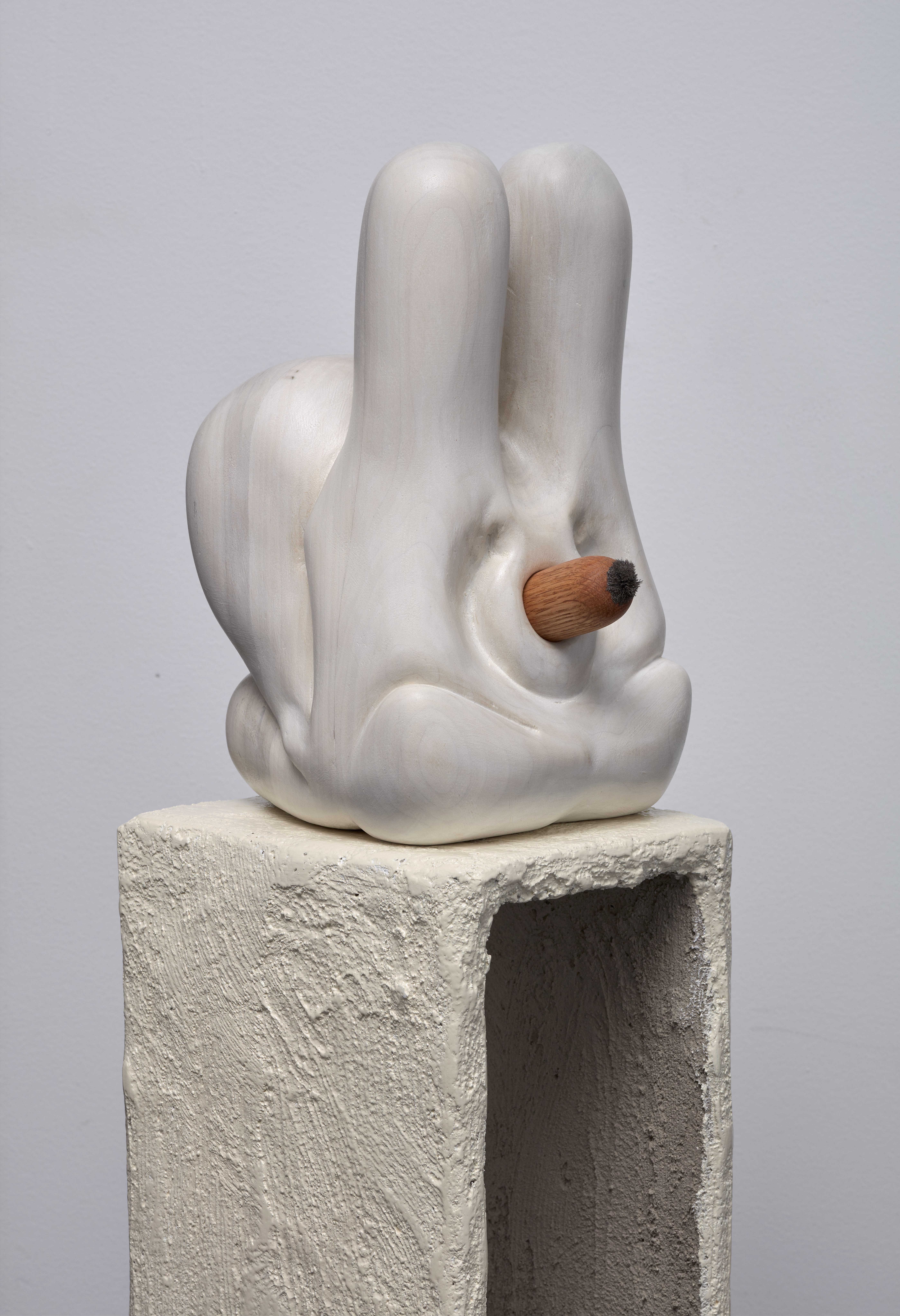
Douglas Rieger, 2020, wood, paint, iron, and filings, 7.9 x 11 x 12.9 in. (20,3 x 28 x 33 cm)
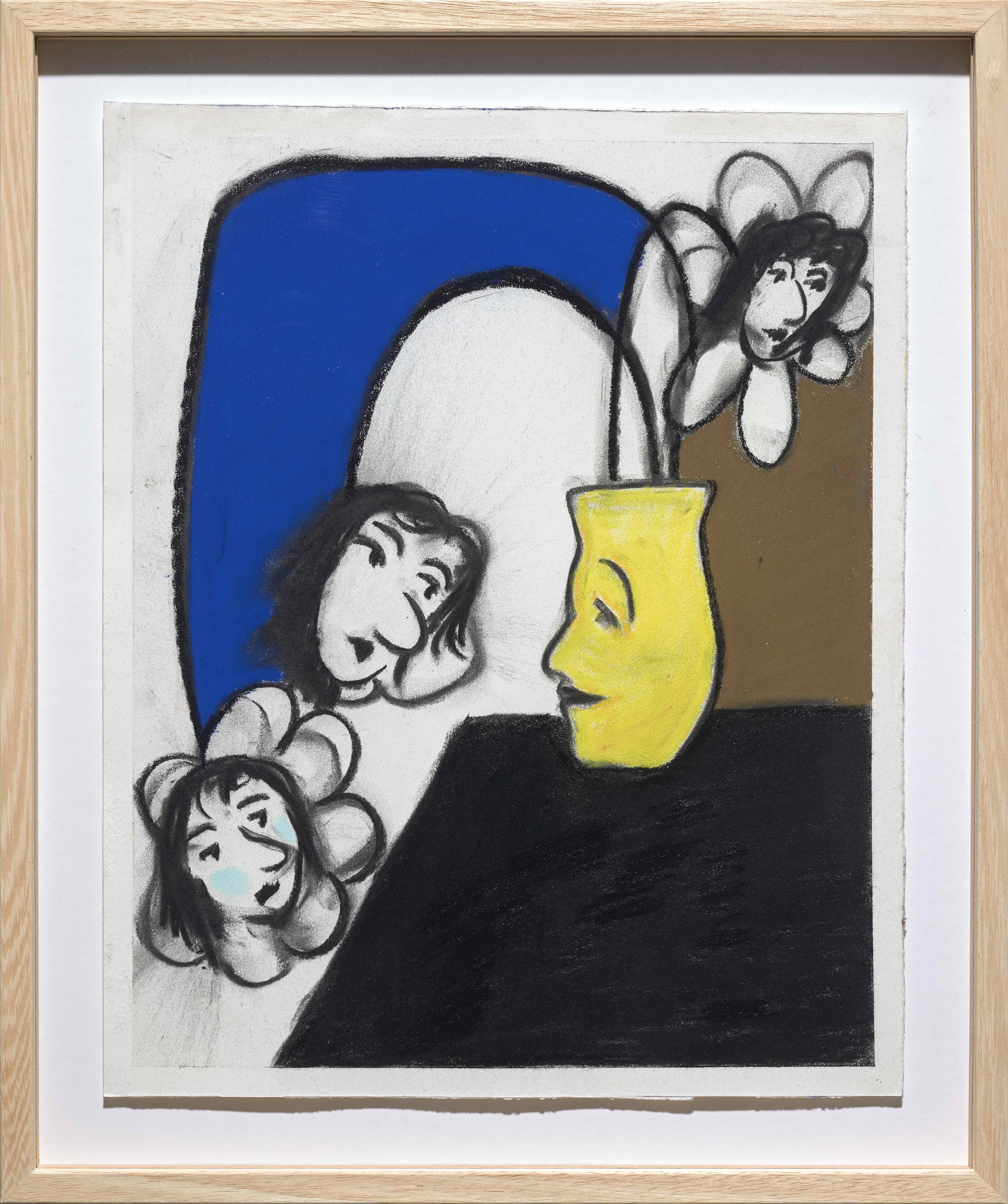
Phoebe d'Heurle, 2020, pastel on paper, 17 x 13.7 in. (43.2 x 35 cm)
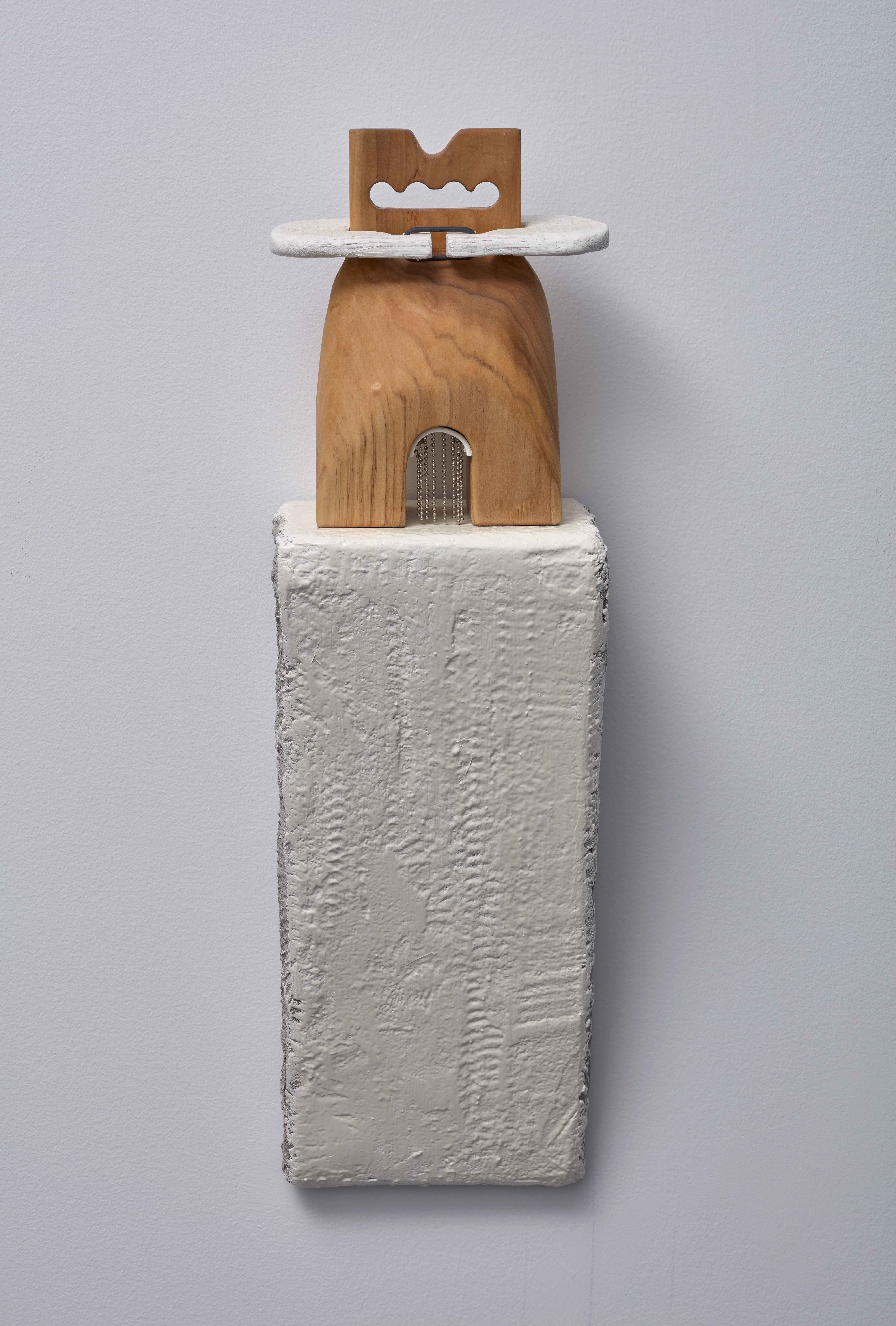
Douglas Rieger, 2019, wood, steel, bead, chain, paint, and rubber gasket, 9.4 x 4 x 5.9 in. (24.1 x 10.2 x 15.2 cm)
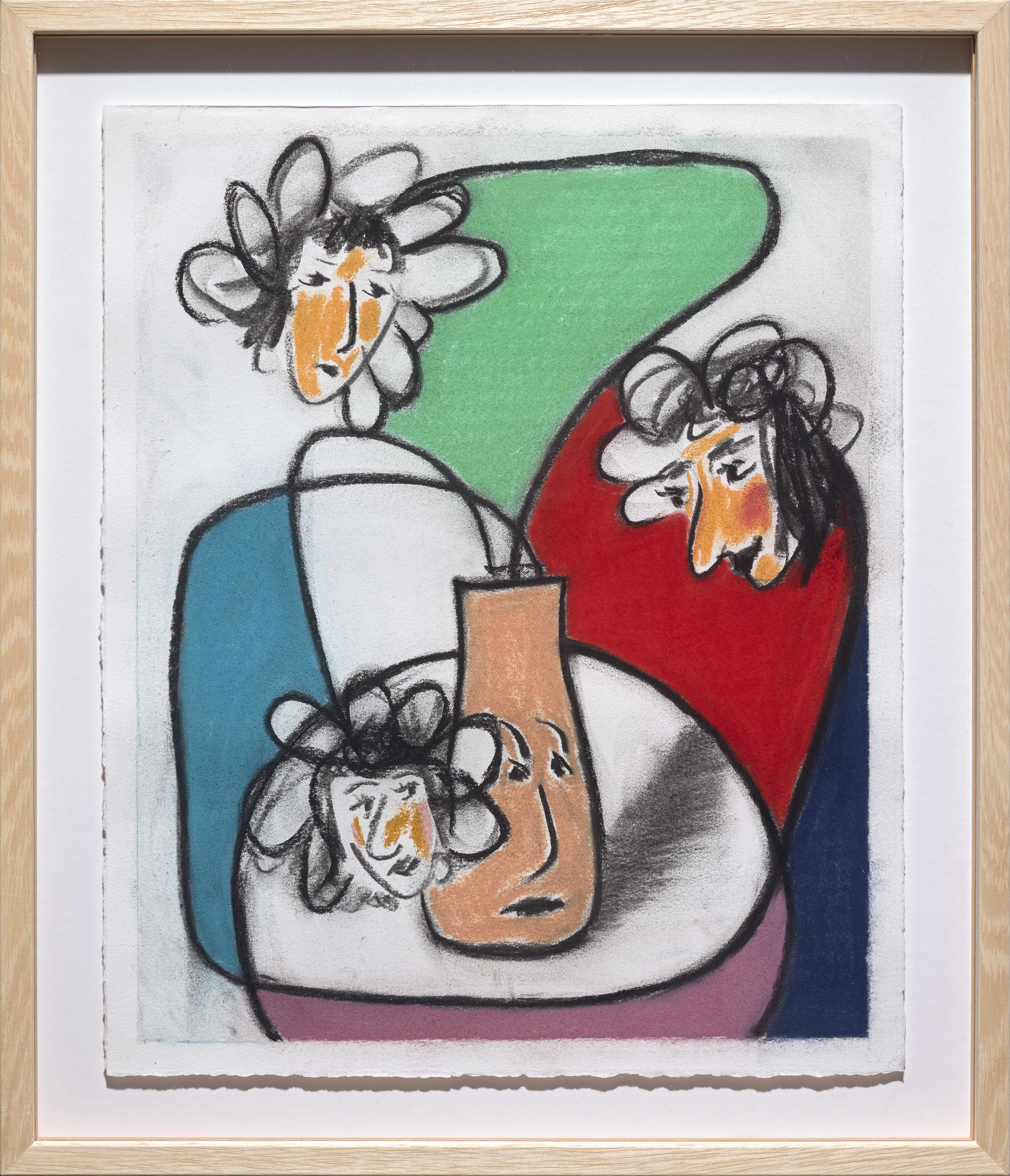
Phoebe d'Heurle, 2020, pastel on paper, 17 x 14 in. (43.2 x 36 cm)
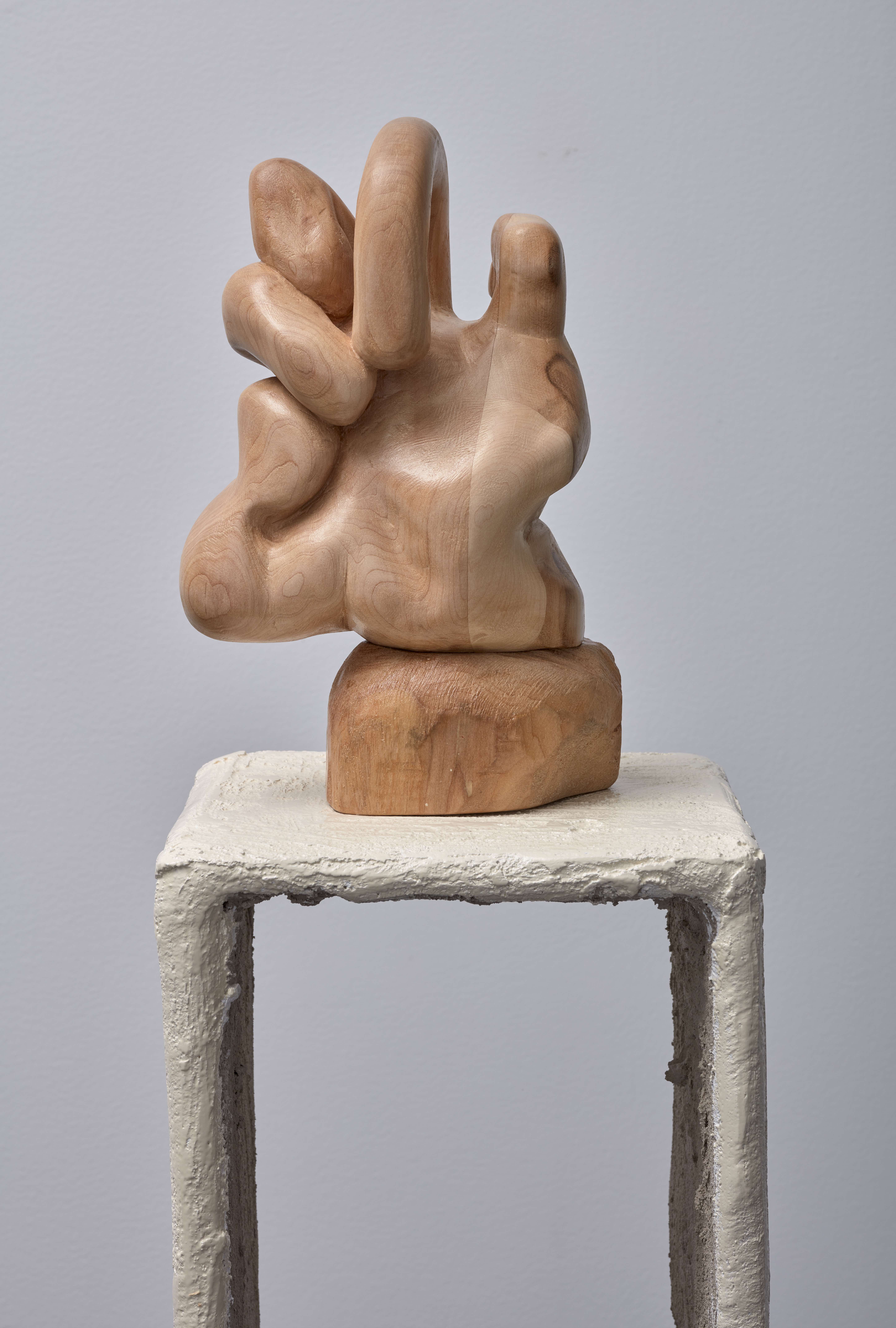
Douglas Rieger, 2020, wood, paint, silicone, and felt, 7.9 x 7 x 11 in. (20.3 x 17.8 x 28 cm)
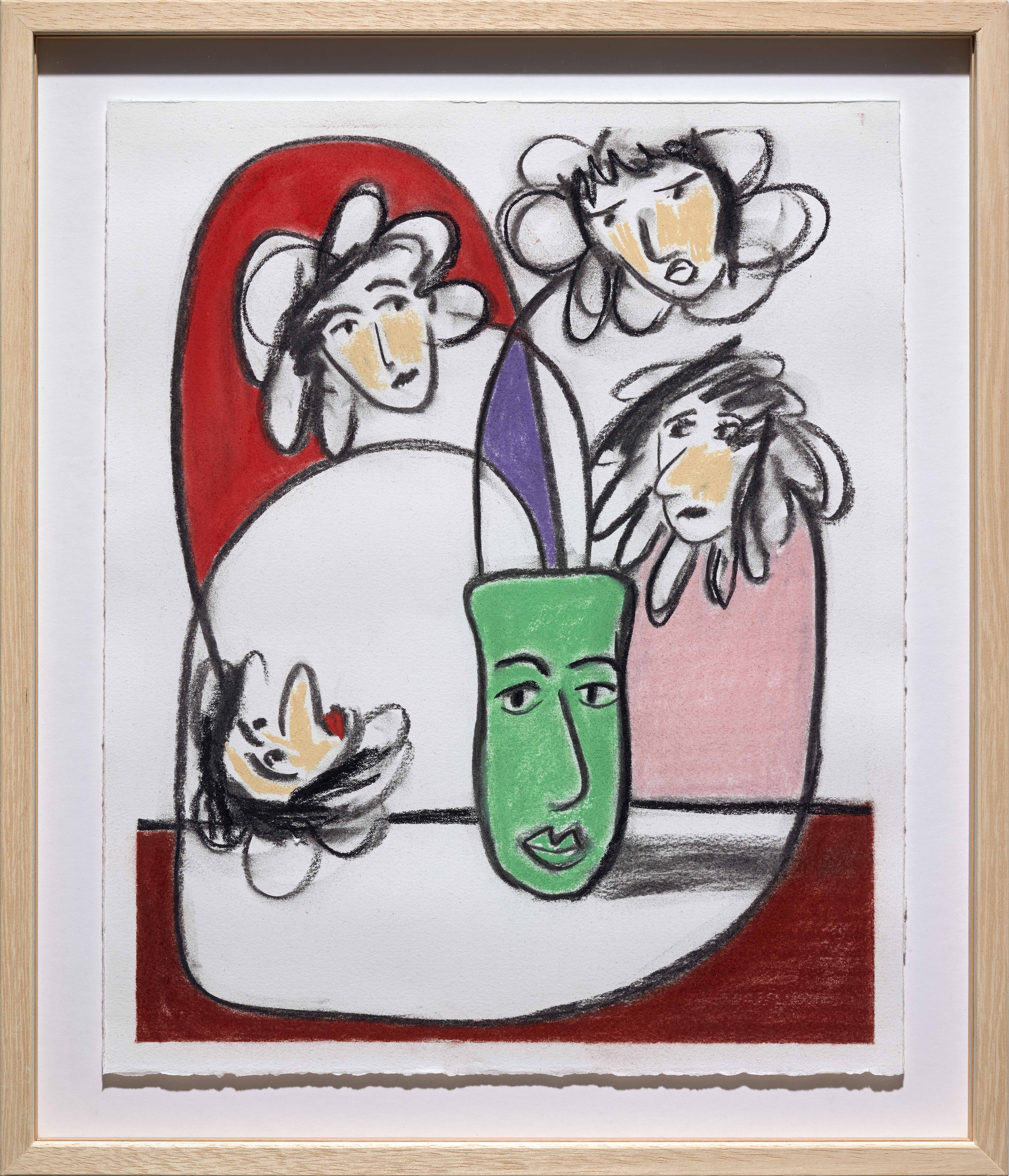
Phoebe d'Heurle, 2020, pastel on paper, 17 x 14 in. (43.2 x 36 cm)
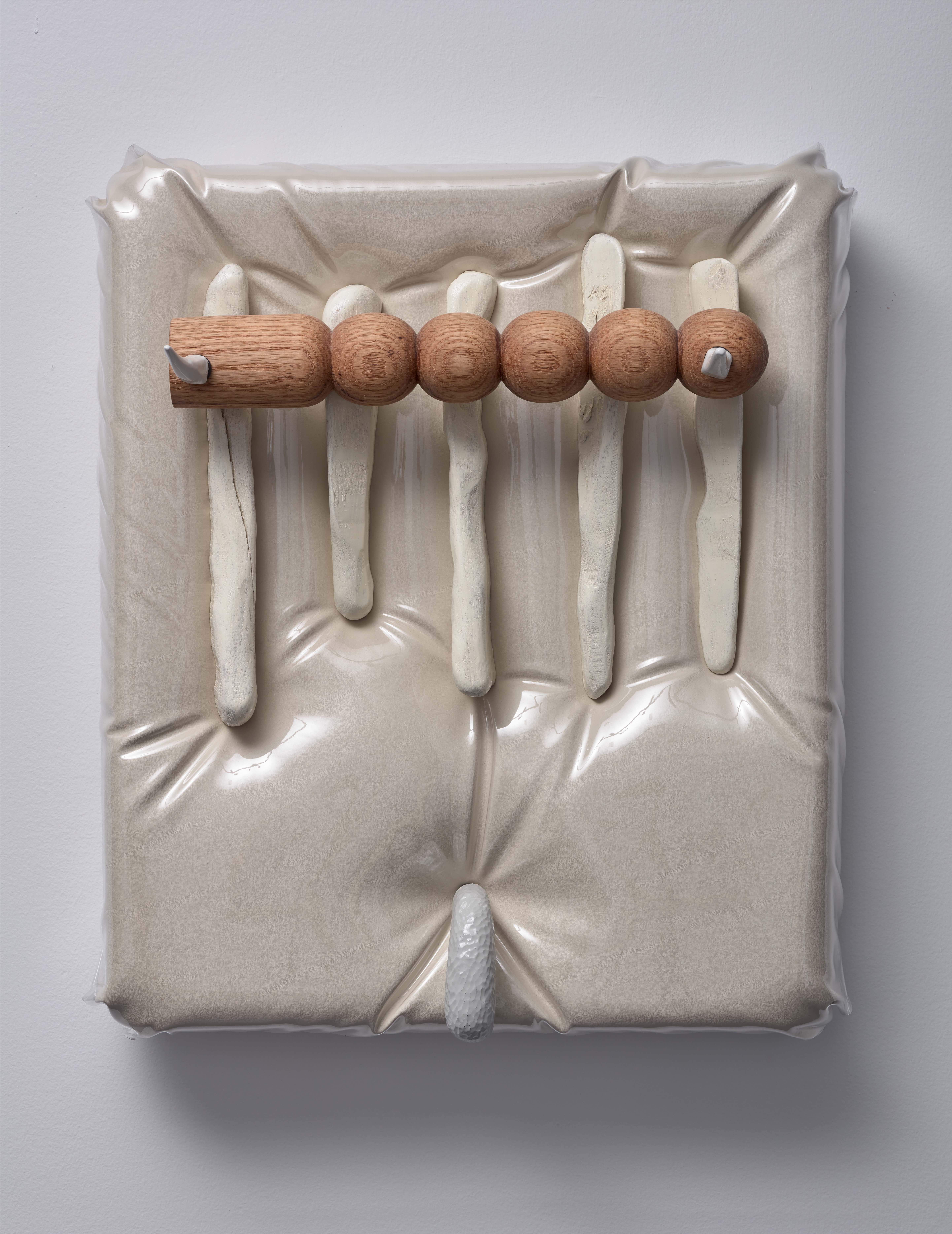
Douglas Rieger, 2020, upholstery foam, vinyl, wood, paint, and rubber gaskets, 22.9 x 25.9 x 12 in. (58.4 x 66 x 30.5 cm)
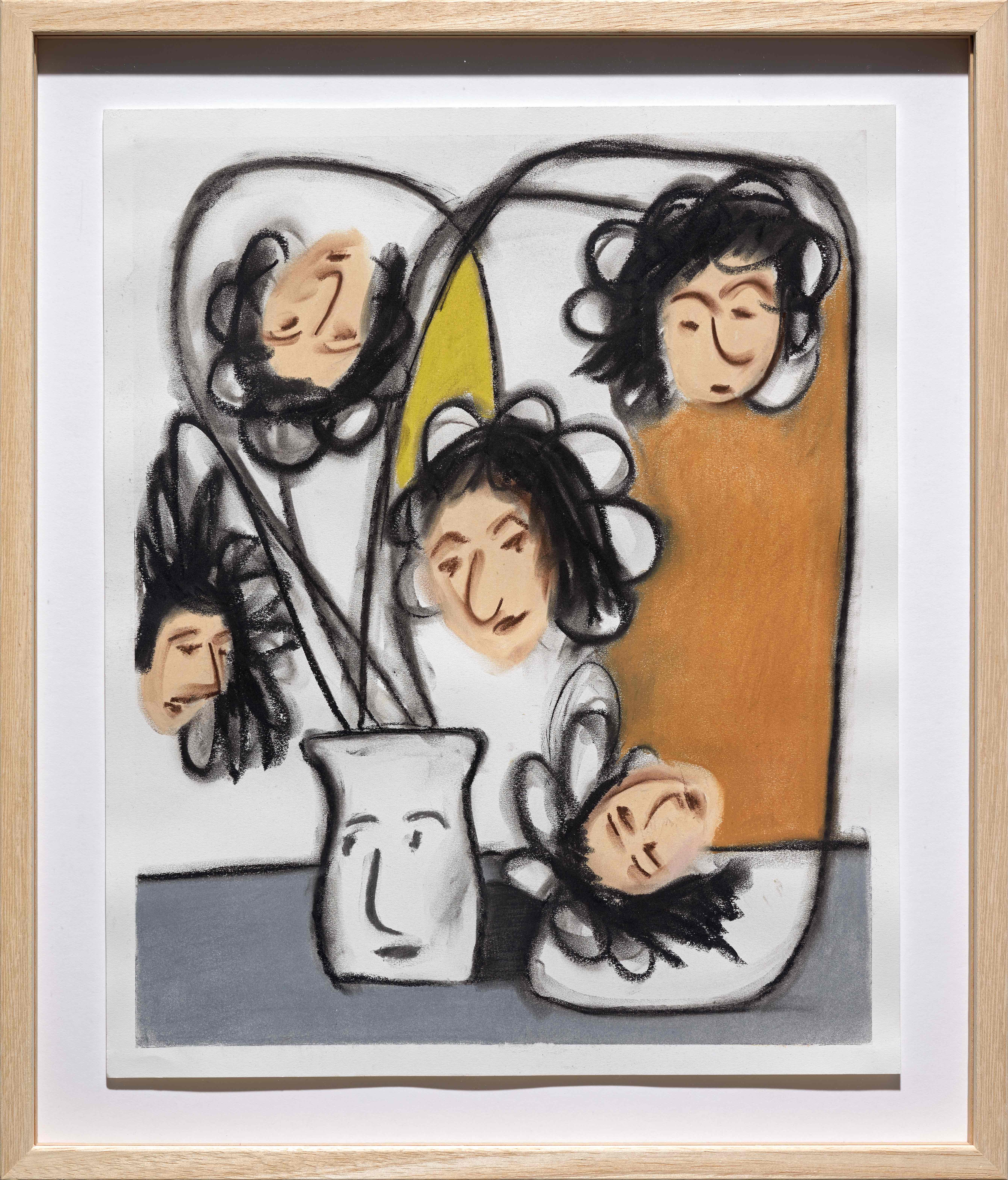
Phoebe d'Heurle, 2020, pastel on paper, 17 x 14 in. (43.2 x 36 cm)
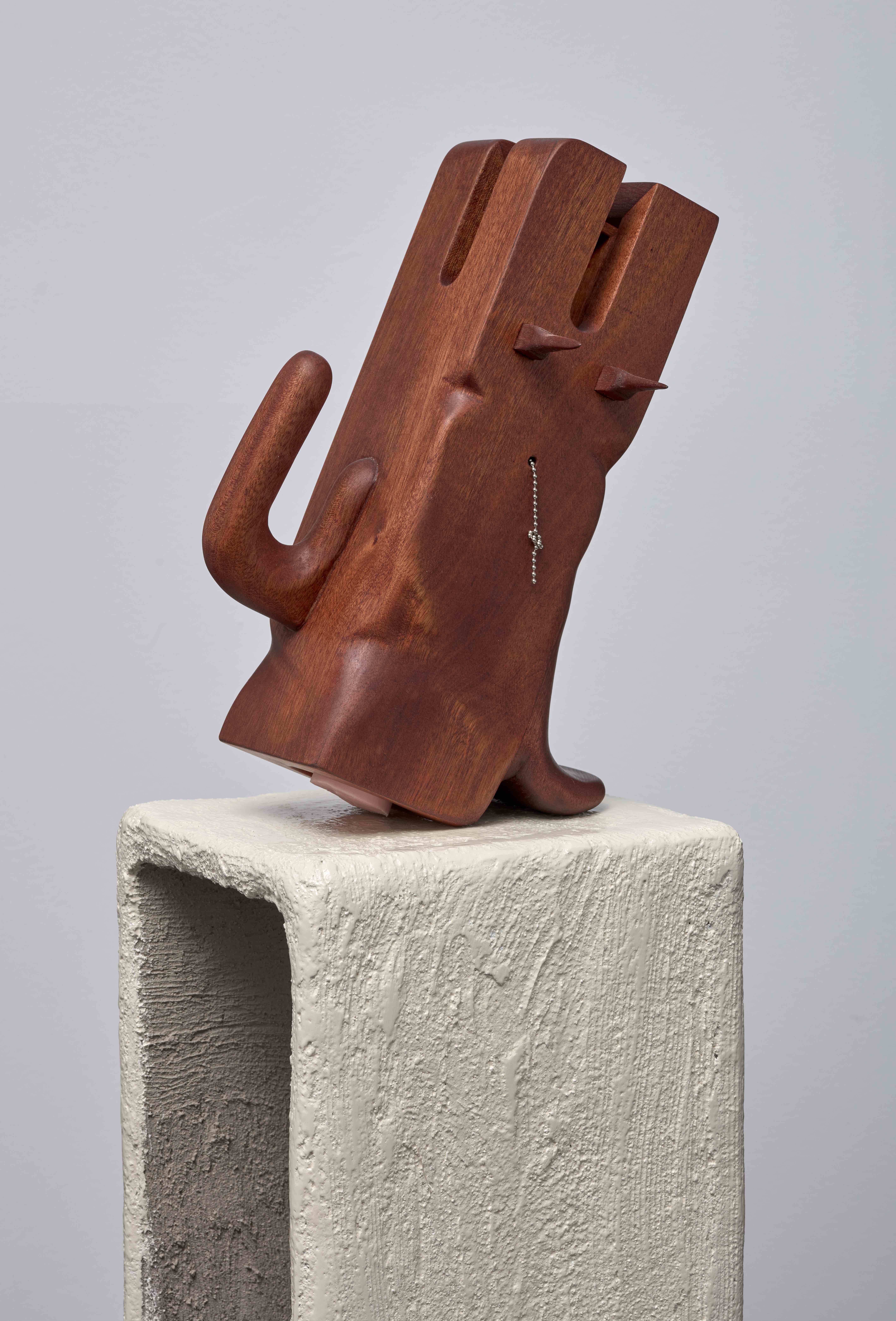
Douglas Rieger, 2020, wood, bead, chain, rubber band, paint, and silicone, 8.5 x 7 x 12.9 in. (21.6 x 17.8 x 33 cm)
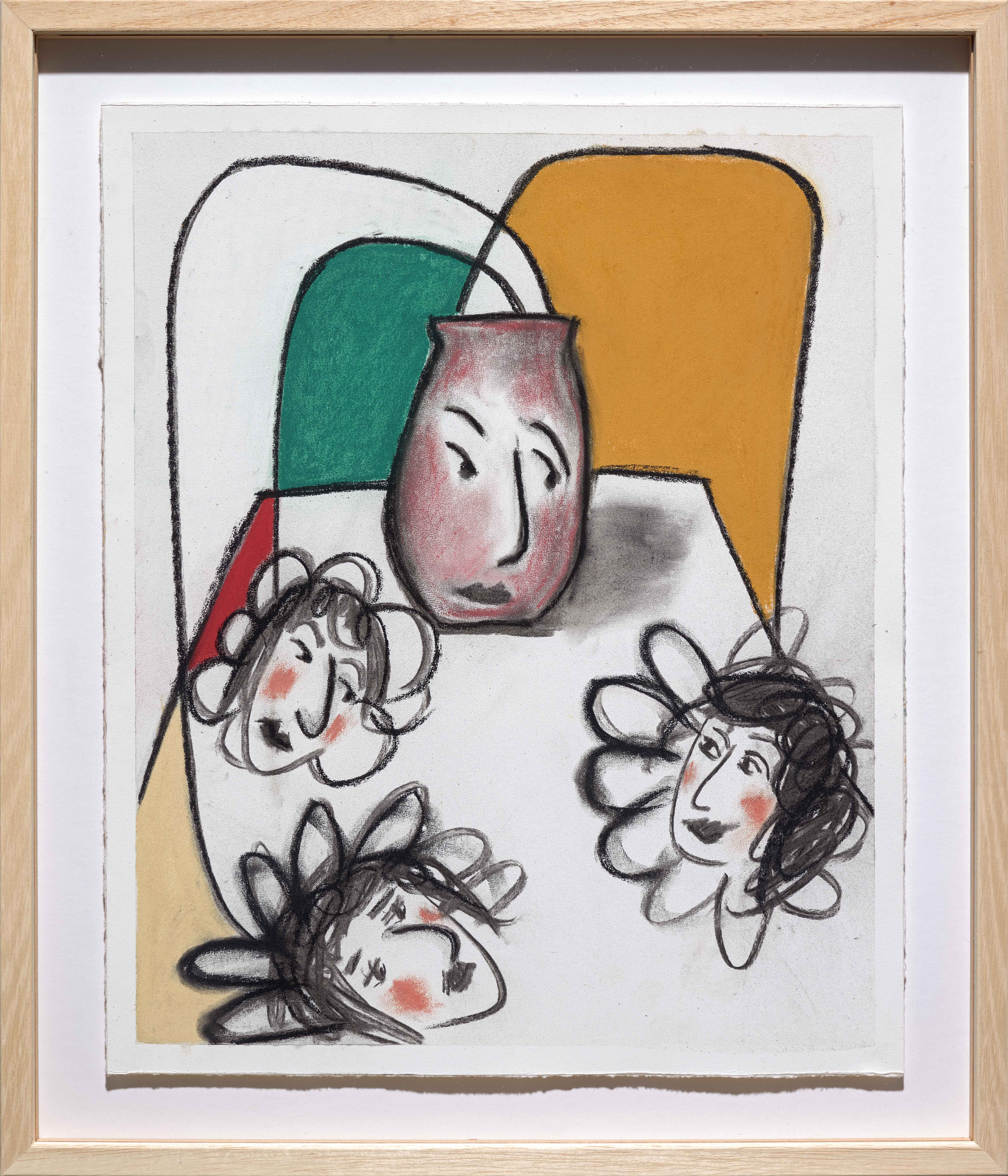
Phoebe d'Heurle, 2020, pastel on paper, 17 x 14 in. (43.2 x 36 cm)
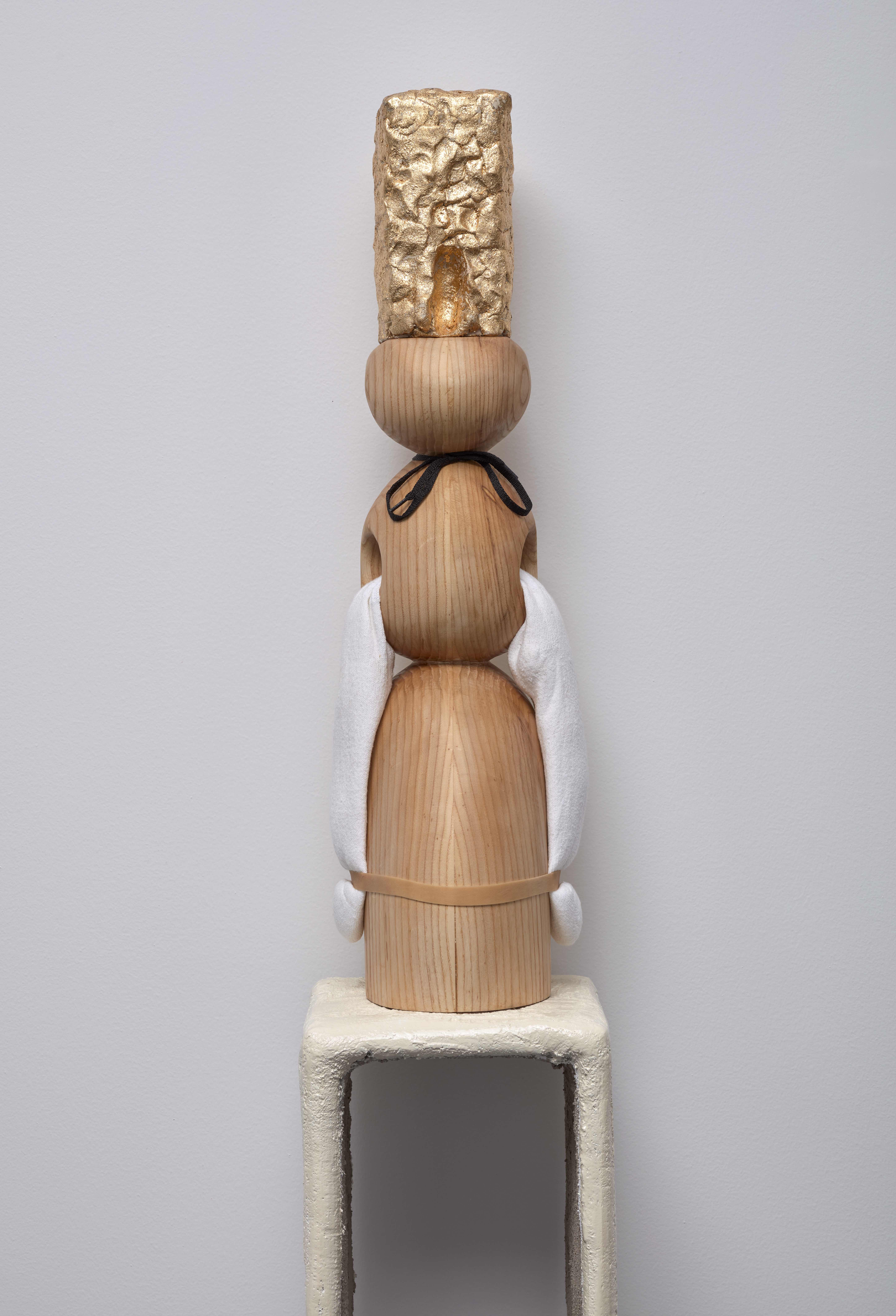
Douglas Rieger, 2019, wood, oil clay, gold leaf, shoelace, socks, and rubber band, 26.7 x 7.9 x 5.9 in. (68 x 20.3 x 15.2 cm)
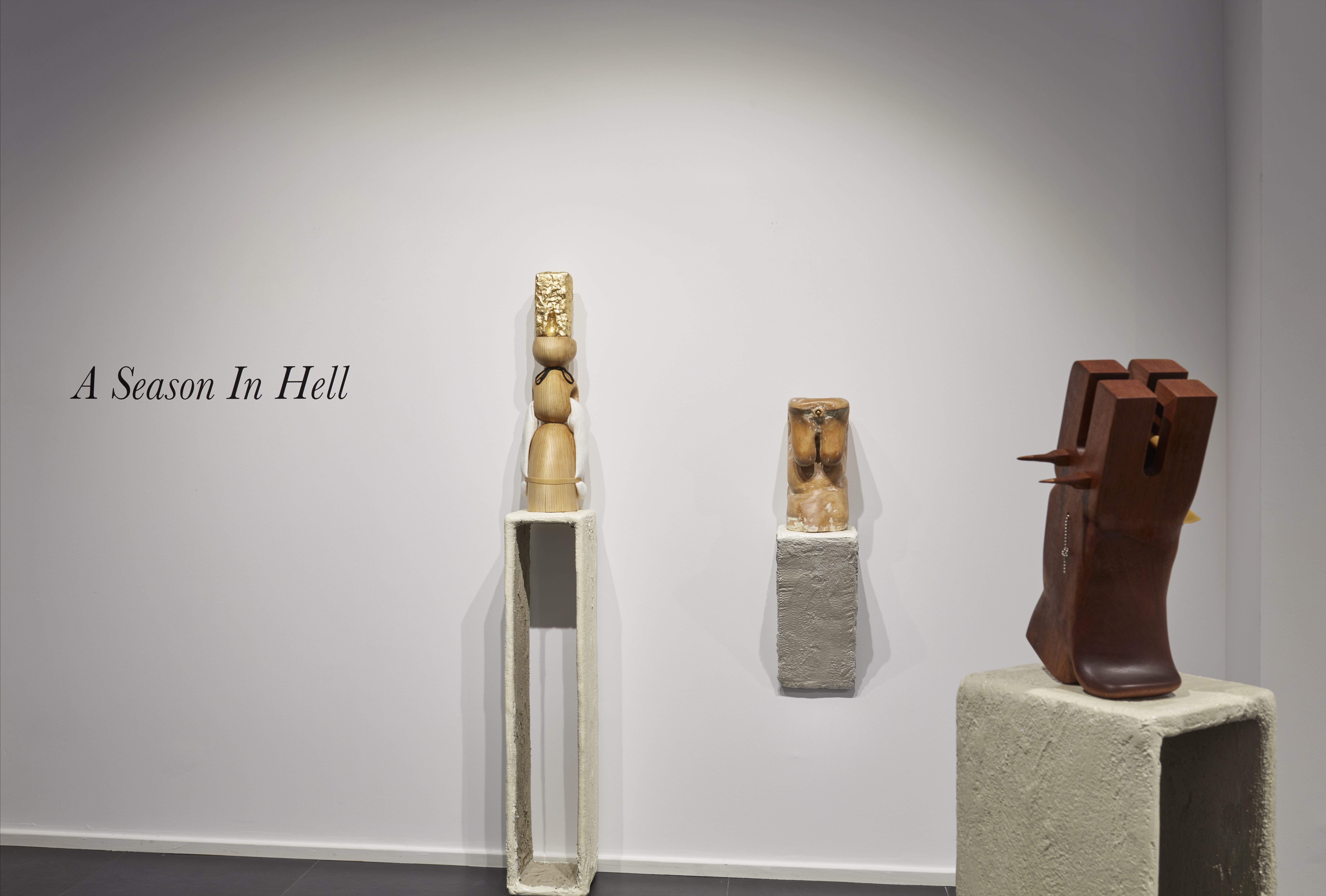
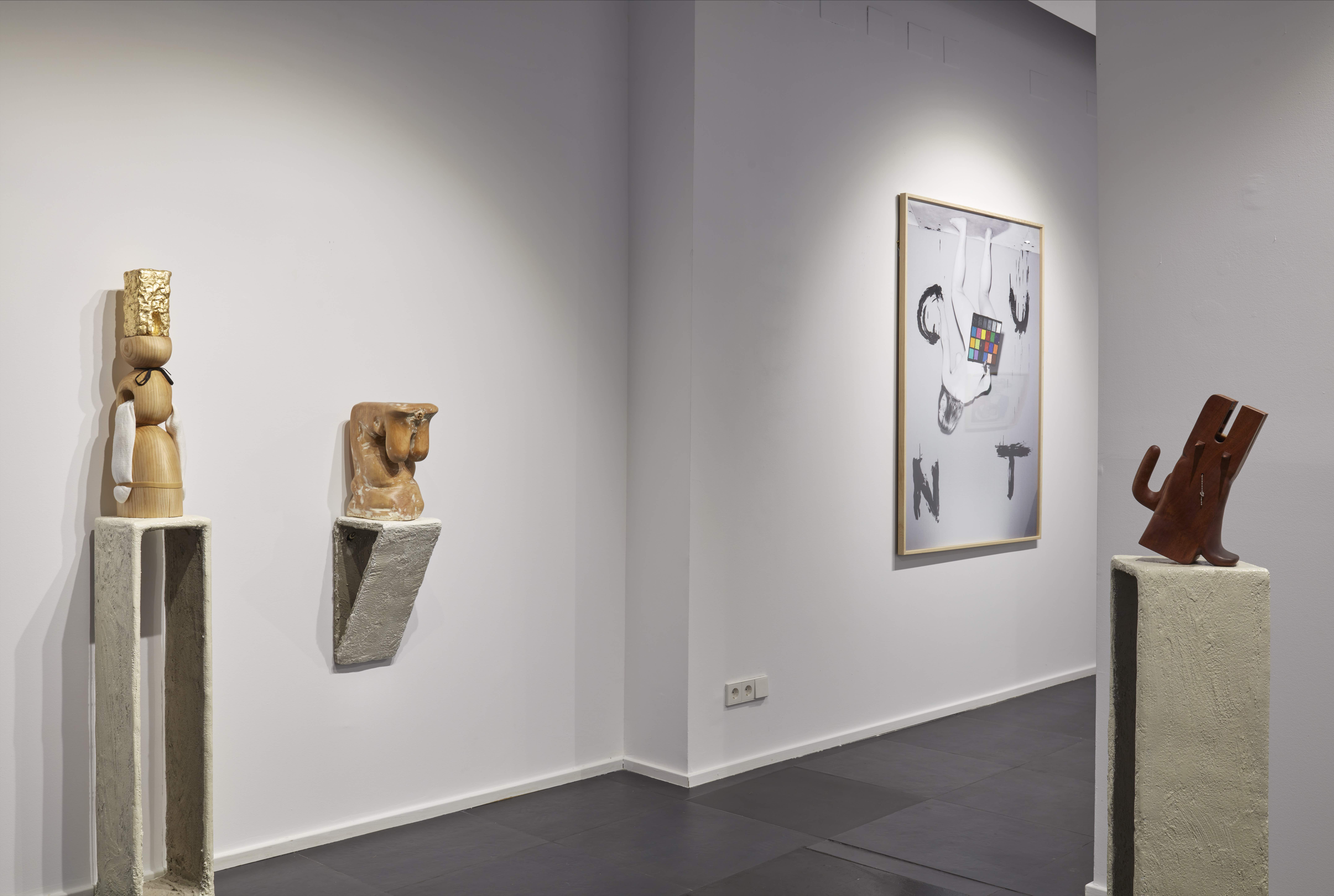
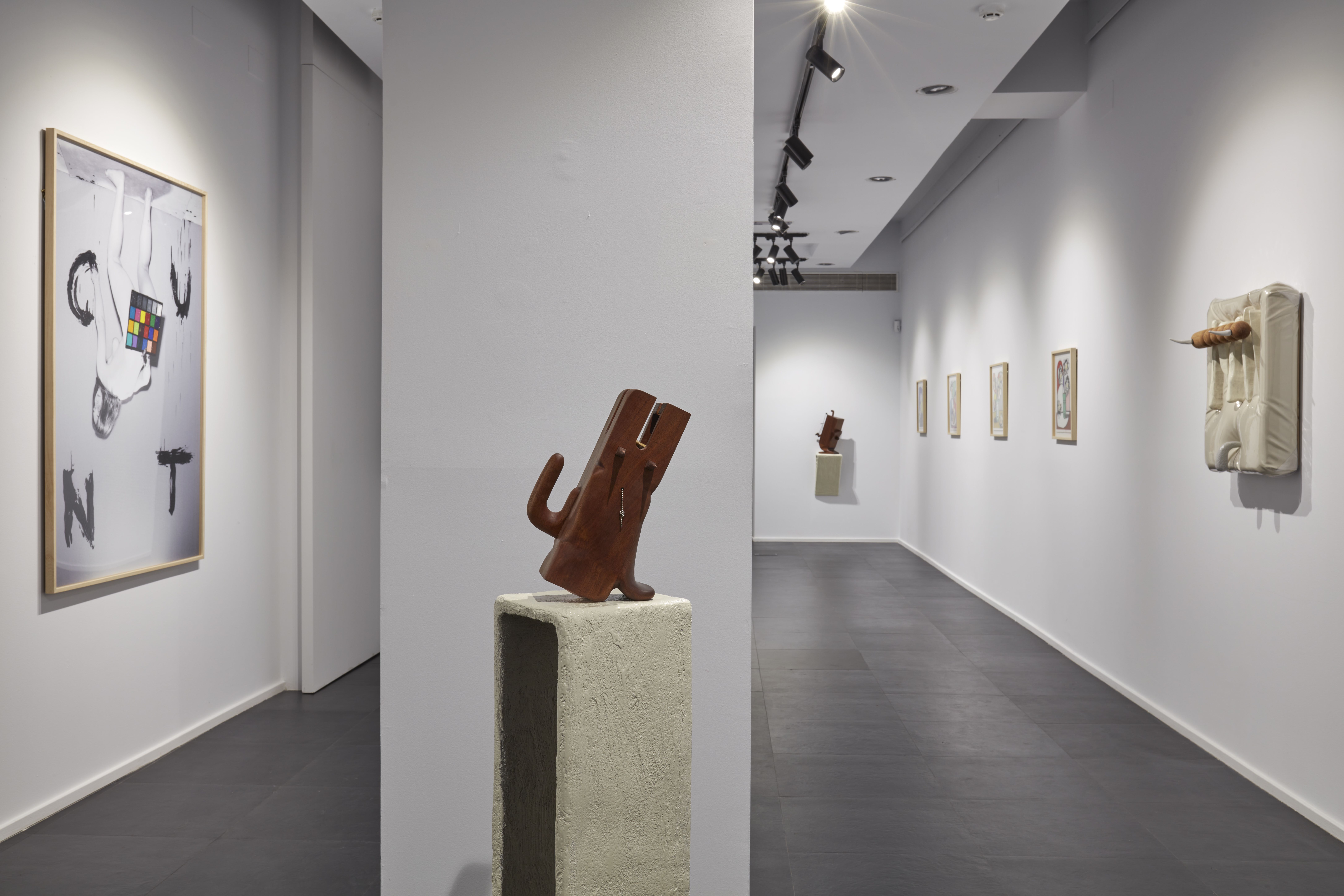
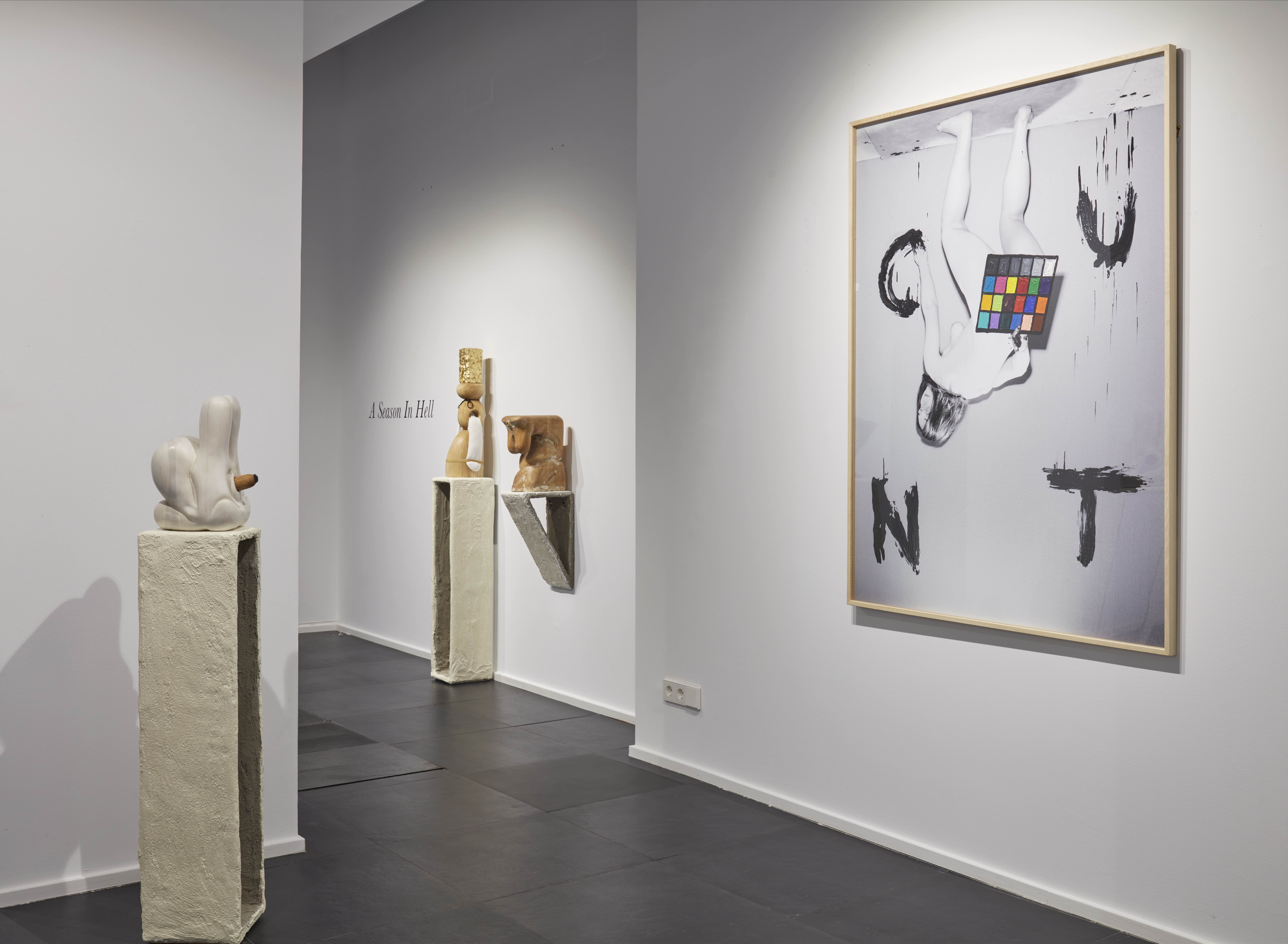
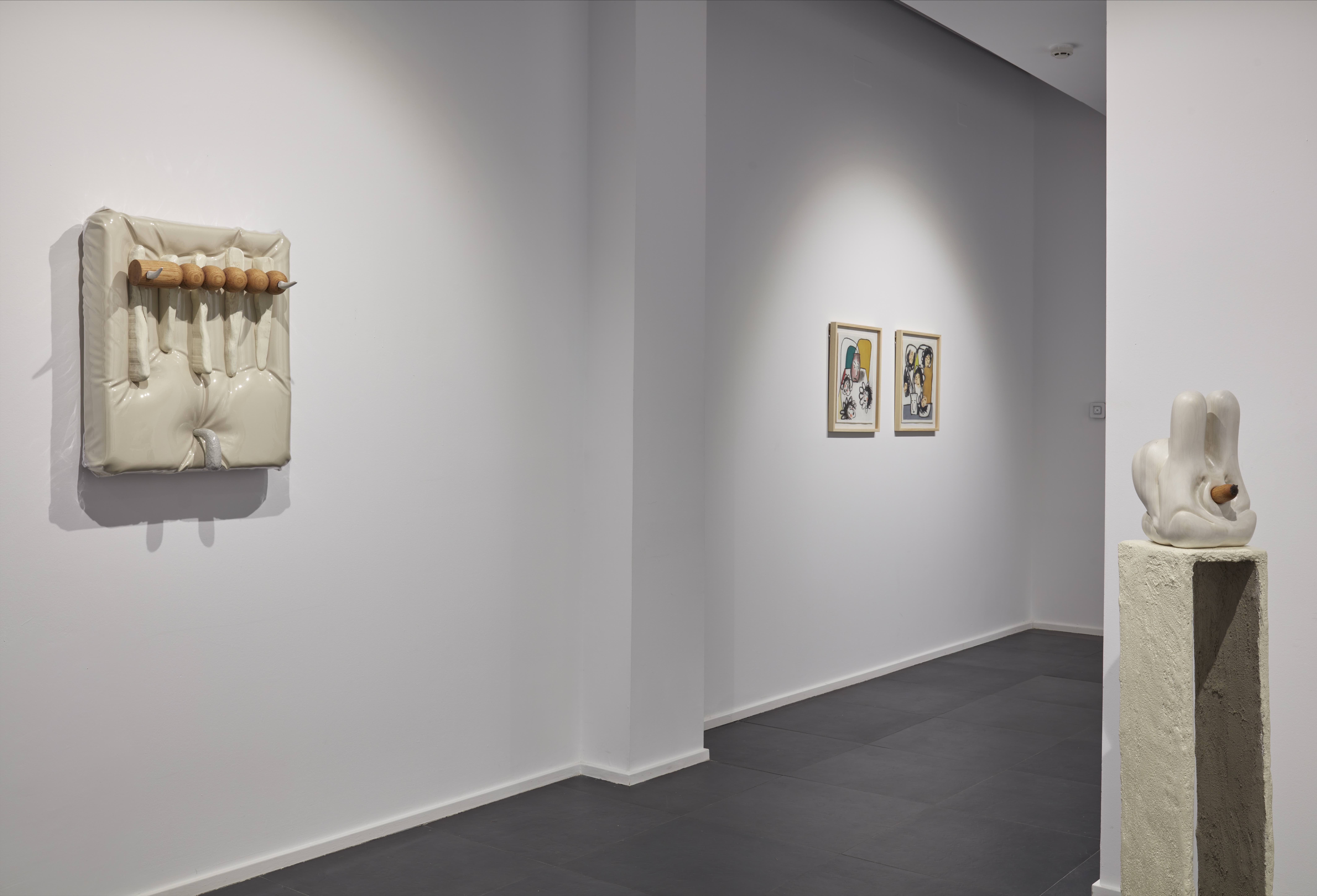
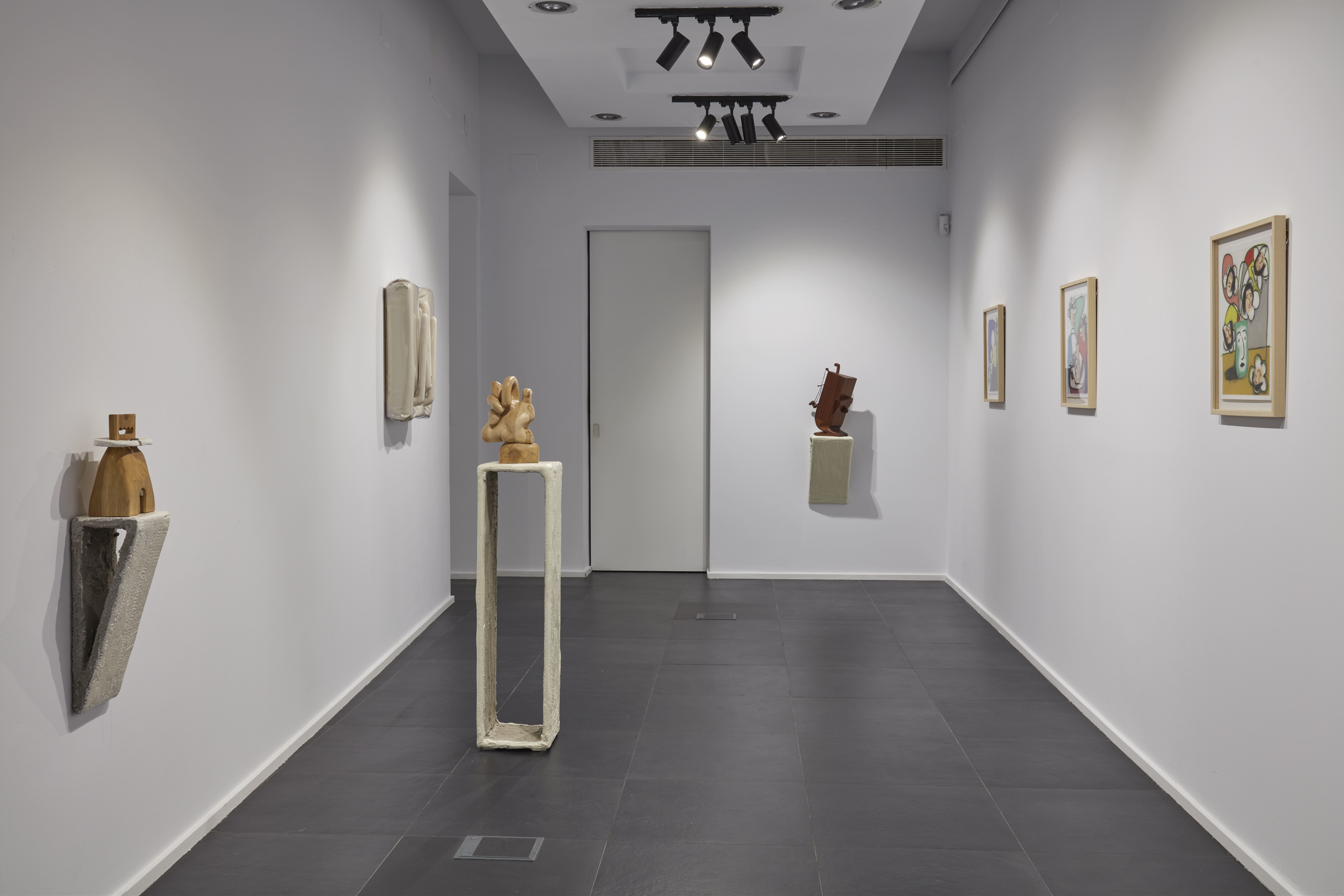
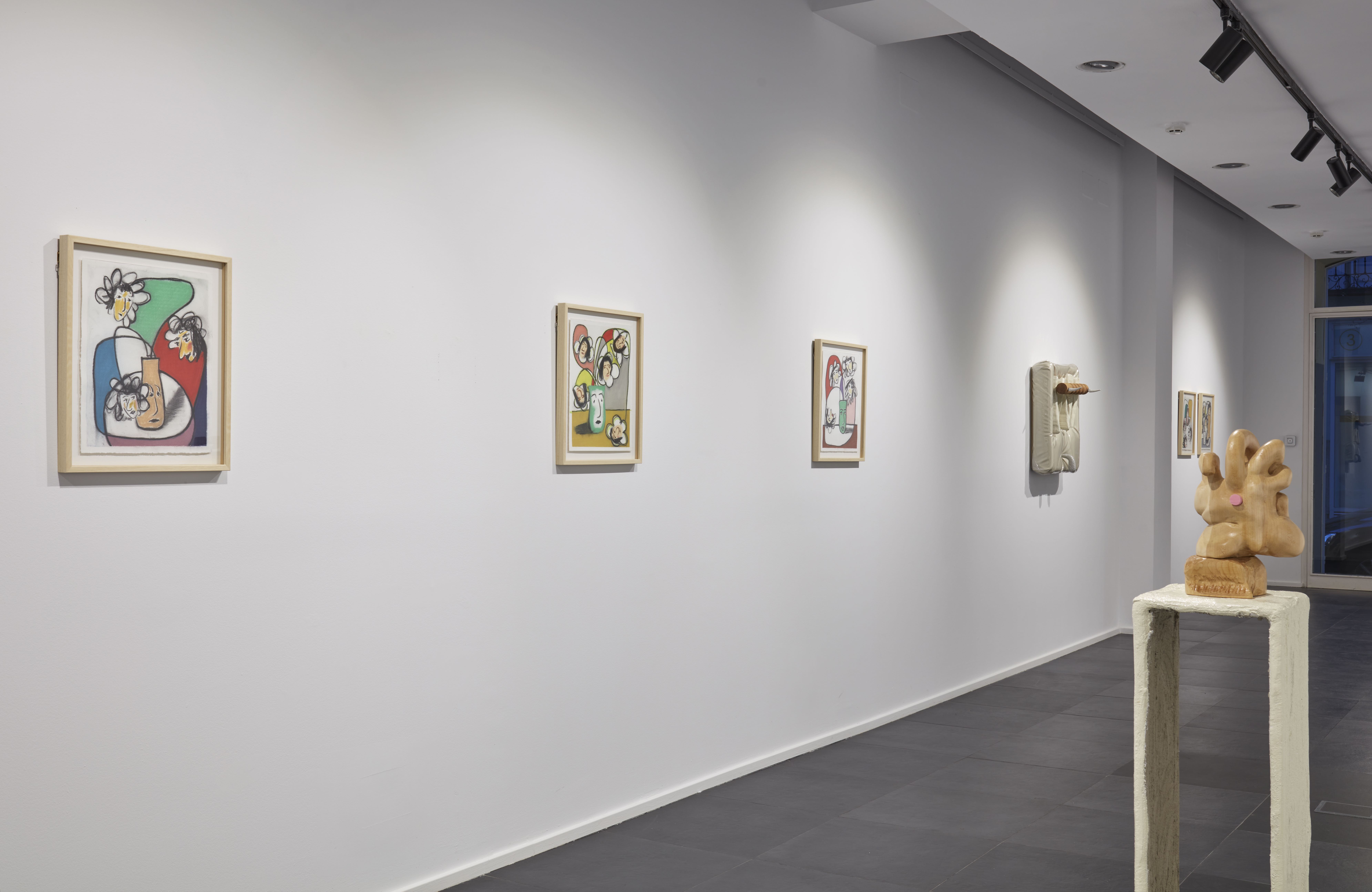
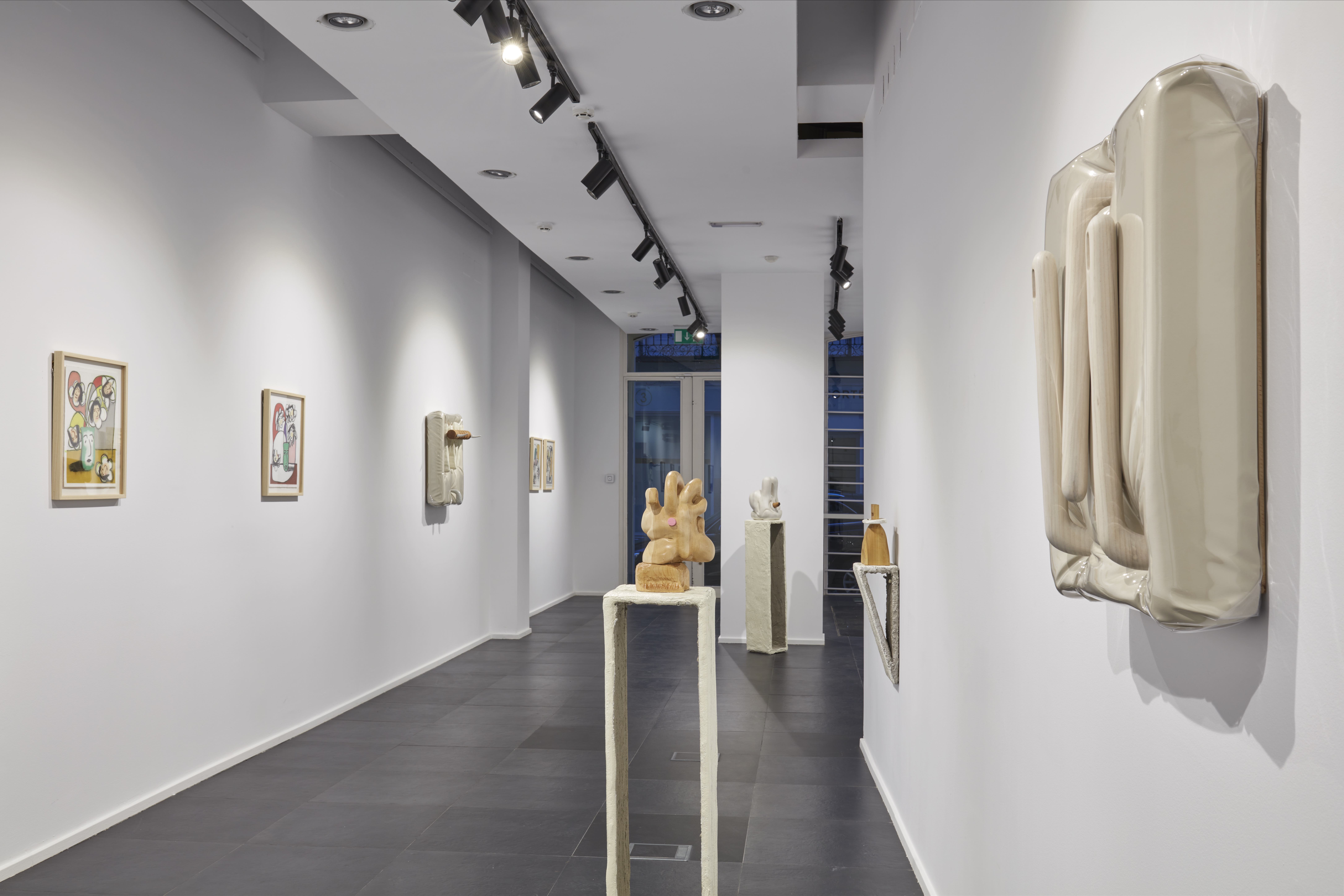












Fahrenheit is pleased to present a two-person exhibition of new work by Phoebe d'Heurle (b. 1987) and Douglas Rieger (b.1984). The show, composed of drawings and photographs by d'Heurle and sculptures by Rieger, will open on January 27 and will be on view through April 24, 2021.
Both d'Heurle and Rieger share an acute sensibility for capturing and subverting the everyday, blending profoundly personal imagery with bawdy, absurd or unsettling elements from American material culture. Both artists, in two very distinct practices, utilize the boundaries between chastity and vulgarity to push figure and form to unsettling and almost irreverent ends. In A Season in Hell, d'Heurle and Rieger through their work engage in fierce battles with the limitations that confine the body and simultaneously subvert and flirt with the expectations of the viewer. The title of the exhibition, A Season in Hell, is without doubt a reference to our indeterminably long season coping with the effects of a global pandemic, socio-politcial and economic unrest; d’Heurle and Rieger both grapple with the issues of the body, sexuality, self-regard and the multitude of interiorized and exteriorized voices coexisting in this moment in the United States.
D'Heurle's works on paper reconfigure and disorient the canonized version of the nude, satirizing tropes of the female body and reframing the conversation around voyeurism, transmission, and repetition. In C.U.N.T., a large format photograph, d'Heurle assumes the position of both author and subject working as both artist and model, voyeur, and active participant to challenge the viewer’s perceptions of self-portrait, self-expression, and the confines of language and censorship while at the same time incorporating photographic tools needed to professionally reproduce artworks. In the suite of six pastel drawings, each titled after the time of day they were finished and the drink that was consumed alongside, d'Heurle presents the female figures without their bodies; instead gives every bouquet of flowers one body; a vase.
Rieger creates distinct personas in the objects he creates. Each is an amalgamation inspired by people he has and hasn’t met, restrained by their own convictions and bound in desire -- offering the viewer a speculative glimpse into their personal histories and individual affect. Handles, holes, knobs, bands, pull chains and other elements accent the works and playfully request the viewer to interact with them. The desire to touch and the consequence of committing a violation is very much a part of Rieger’s practice. The works are figurative abstractions using familiar materials to reassemble a vulnerable bodily form.
Installation Views









